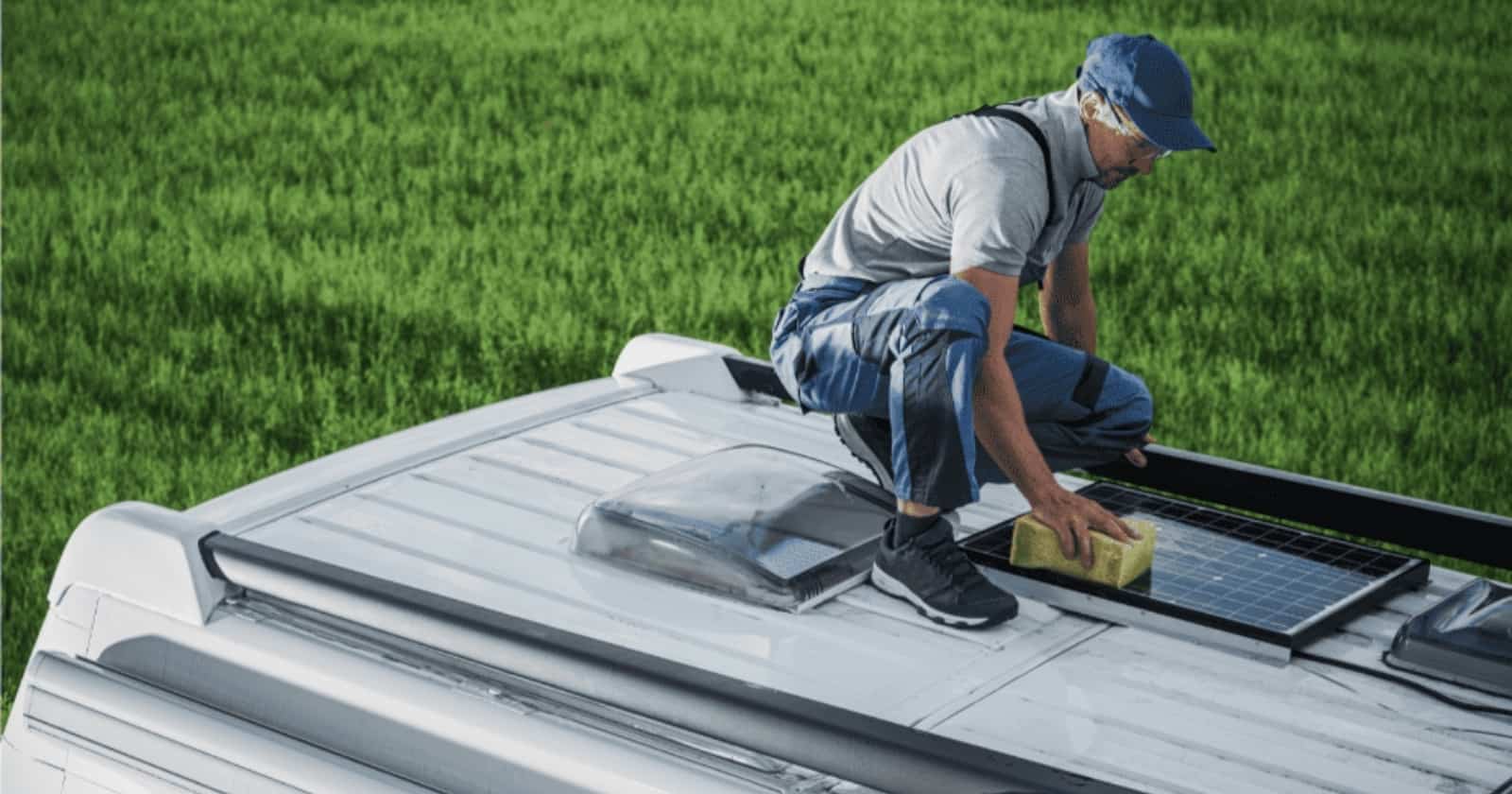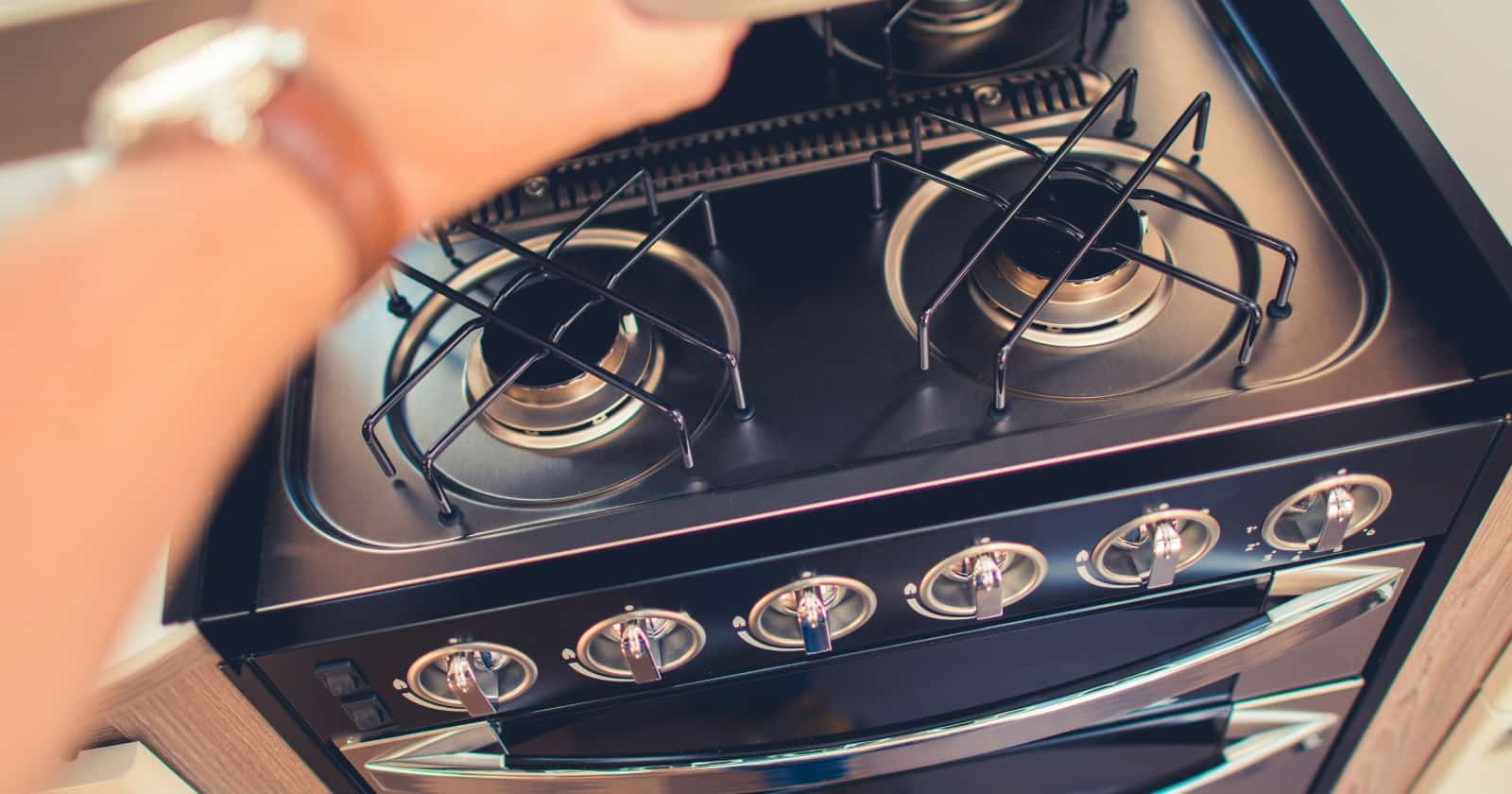Enhancing Your RV Adventures with Essential Slide Out Maintenance Skills
Master RV slide out maintenance with our comprehensive guide, covering essential tips and best practices for a hassle-free camping experience. When you take maintenance into your own hands, not only do you save money, but you also foster a deeper understanding of your RV.
Through this guide, we aim to empower you with knowledge, equipping you to tackle common issues confidently. Our step-by-step approach demystifies the process, enabling you to enjoy your adventures with greater peace of mind.
Visual Inspection of RV Slide Out
Before beginning any greasing or adjustments, the first thing you want to do is a good visual check of everything. Catching any issues as soon as they start will save you major repairs and the costs that go with them. Grab a good light and head under the slide to start the inspection.
- Inspect the rails and gears for cracks, unusual wear, missing teeth, and loose or missing hardware. Wires and hoses should all be in good shape and not in contact with any moving parts.
- On cable-driven systems, don’t forget to check the condition of everything on the top side of the slide. This is easiest to do from inside the RV with the slide closed. For Scwintech systems, follow the wavy groove in the rails on the side of the slide room, looking for cracks, premature wear, and loose mounting hardware.
- Avoid overlooking the seals around the slide out. These seals need to stay flexible and in close contact with the slide to do their job. First, make sure all seals are securely in place around the slide. These rubber seals can dry out, so it’s important to make sure they are in good condition.
- Look for brittle areas or tears in the seals that could potentially let water into your RV. Make sure to examine the seals both when the slide is fully open and as it’s closing. Doing so will let you verify that nothing is pinching them.
RV Slide Out Operation Check
During normal operation, your slide will make noises that you will become familiar with. Take note of these so that you are immediately aware of anything that sounds different.
While you are opening and closing the slide out, listen for any jumping of gears and metal-on-metal sounds. Either of these means something is wrong. Listen to the electric motor and hydraulic system, if equipt, for excessive load while moving the slide.
Finally, have someone operate the slide for you so that you can watch it open and close. The slide should move smoothly and open and close fully and evenly from side to side.
Cleaning and Lubricating Moving Components
A big part of RV slide out maintenance is the simple cleaning of components. Road grime accumulates on the rails and gears under the RV and can cause premature wear of these moving parts.
Keep areas with moving parts as clean as possible. Soap and water typically suffice for most cleaning tasks. Use a bristle brush to dislodge the majority of dirt, providing a clean surface for lubrication. While not under the RV, you should also wipe down the slide out seals; they can collect dirt and require cleaning for both inspection and conditioning purposes.
Lubricating moving parts is a critical part of RV slide out maintenance. Your RV manufacturer will have specific locations for lubrication that should be followed. Most systems are similar and the process will be the same in most cases.
Slide rails and gears should be lubricated using a slide rail product that doesn’t collect dirt. Using regular grease in these areas can result in grease filled with dirt and sand that can wreak havoc on moving parts. You can save yourself some time and scrubbing by regularly cleaning these components every few trips.
RV Slide Out Seal Maintenance and Replacement
Slide out seals often get overlooked and this can have major consequences! These simple seals keep water out of your RV preventing water damage and mold. It’s good practice to look at your seals every time you open your slide to ensure they haven’t gotten pinched or come loose.
Slide lubrication keeps the seals soft and prevents cracking and allows the seals to bend and stay in contact with the slide. Spray-on seal conditioners are quick and easy to use and like rail lubrication won’t collect dirt. Your RV slide out maintenance schedule should include seal conditioning as once they dry out they need to be replaced.
Once you notice cracks or tears in any of these seals, you should look at replacing them. Allowing water to get into your RV will result in a much bigger more expensive job to do.
Seal replacement is actually not a difficult job to complete and most RVers will be able to tackle it. Although it’s not a hard job to do, it is very important to do it correctly.
The Most Common Slide Out Issues
Even with regular RV slide out maintenance, problems can occur. Slides are heavy units that are exposed to harsh bumpy rides, road grim, and continued use. When combined with electric and hydraulic systems, cables and pulleys, and seals it’s inevitable you will have issues.
Some of these are simple fixes, while others may require professional help. While certainly not all the possible slide out issues, these are a few of the most common.
Common Issue #1: Stuck or Jammed Slide Outs
This is one nobody wants to have to deal with but it happens pretty often. A slide out that won’t move can ruin your day really quickly.
In this situation, we aren’t talking about mechanical failures but rather something jamming up your slide. This could be one of the seals, a tree branch, or your kid’s bike; it doesn’t take much to stop a slide.
Your first action should be to immediately stop the slide and find out what’s wrong. Forcing the slide in or out is not the answer here. Whatever is preventing the slide from moving needs to be corrected so that you don’t damage the moving parts or motors.
RV Slide OUT Maintenance Issue #2: Hydraulic or Electrical Issues
This is a larger issue as your slide may not be moving due to a failure of the electrical or hydraulic systems. Start with the obvious and listen for the motor or hydraulic system functioning. Move on to the simple fixes such as a faulty button or blown fuse.
A visual inspection may lead you to a broken wire or leaking hydraulic hose. These can also be easy fixes that should be considered before replacing a motor or pump. In the case of hydraulic pump and line replacement, these systems are under pressure and often require the skills of professionals.
Common Issue #3: Alignment Problems
With the number of times a slide goes in and out and supports itself on uneven ground it should be no surprise they can become misaligned.
This is something that should be caught early on if you are performing regular RV slide-out maintenance. A slightly misaligned slide can easily be corrected, however, major alignment issues can mean trouble for other components. As soon as your slight begins to stray make the correct adjustments.
Master Your RV Slide Out Maintenance
The majority of RV slide out issues can be averted or significantly reduced through proper and consistent RV slide out maintenance. By diligently monitoring the operation of your slide and keeping it well-lubricated, you’re setting the stage for a smoother, trouble-free camping season.
Remember, as with all types of maintenance, keeping track of your slide maintenance tasks is crucial to avoid missing any important steps. To assist you, the RV LIFE Maintenance app offers a straightforward way to organize and easily reference all your maintenance tasks.
Continue reading:




